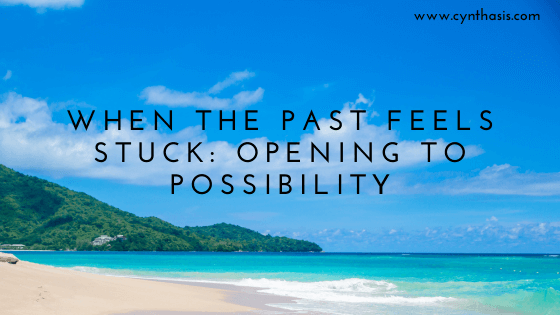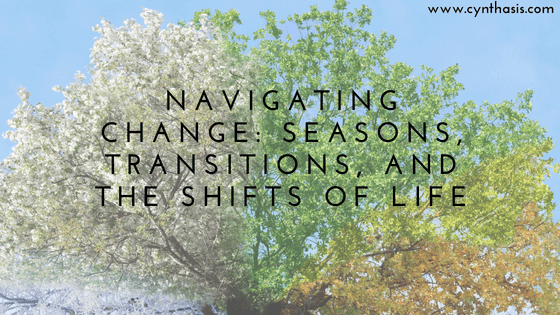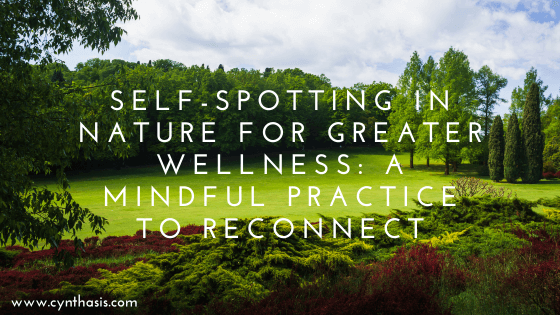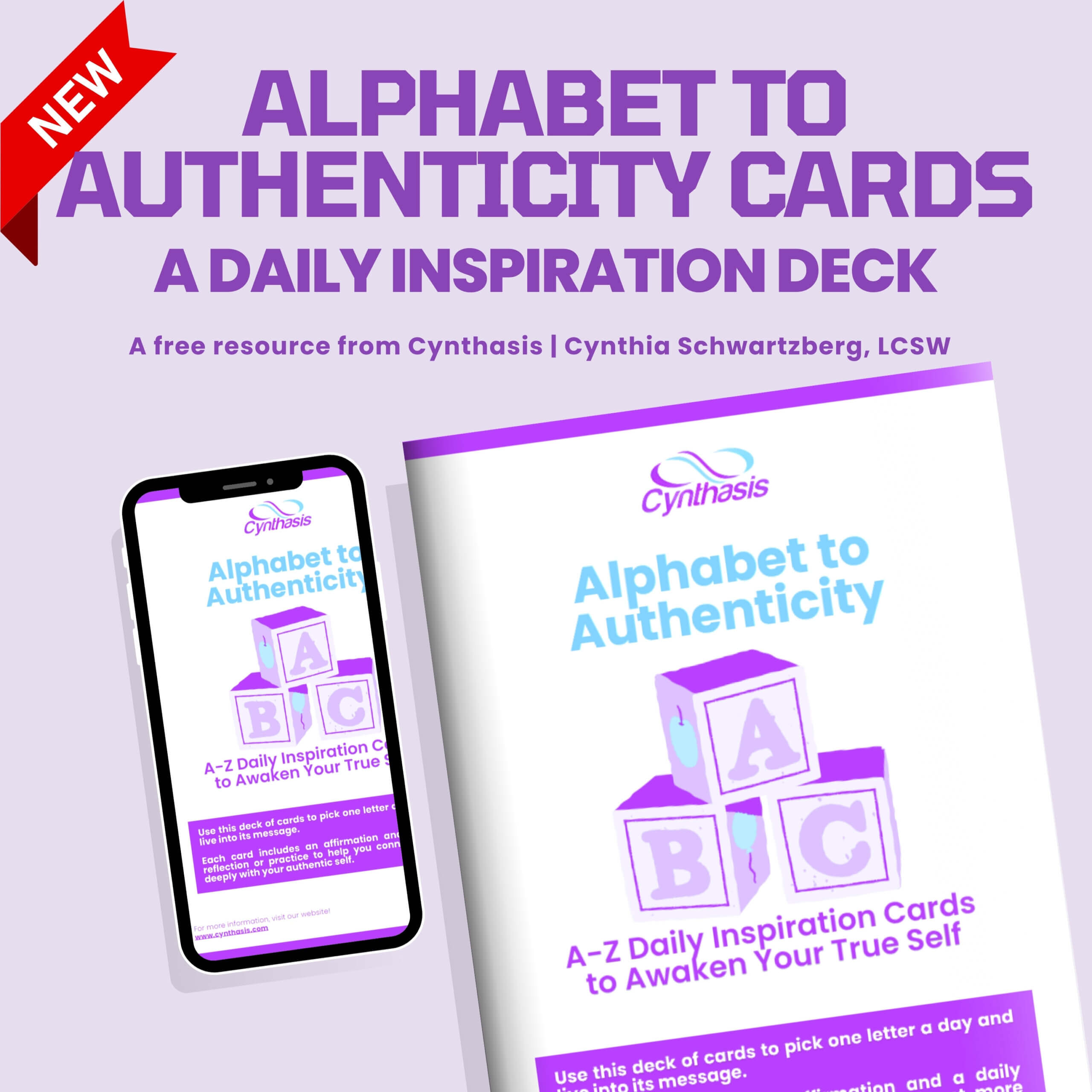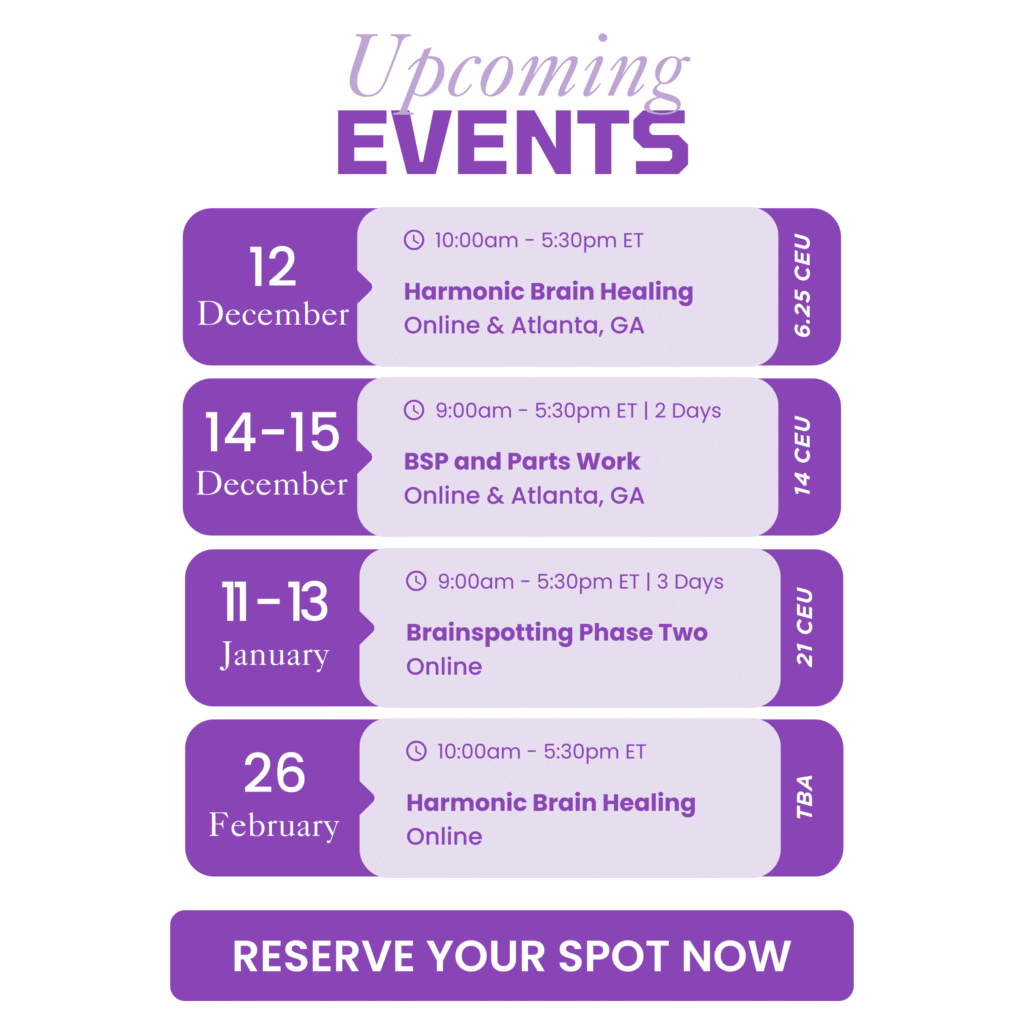From Alone-in-a-Crowd to Held-in-a-Circle
From Loneliness to Belonging
In New York City, I was never alone but often lonely. My nervous system carried old echoes: No one shows up when it really counts. I don’t matter. I don’t belong. What I didn’t see then was that I don’t belong had become a story I kept confirming by staying outside the circle. Sometimes that was wise. Some rooms simply weren’t for me.
Hesitation can have intelligence. But I didn’t need to live alone inside myself forever. Healing began when I let myself be seen in communities that fit. I realized the expectations were different. People matched my comfort level and gave me space to feel comfortable. In those groups, sharing was offered without judgment or critique. Chosen well, community can become medicine.
Belonging isn’t about earning your place; it’s about finding the rooms where your nervous system can exhale.
The Healing Power of Community
So, what is community? To me, it’s more than people in the same place. Community is a living story. A group that shares meaning, practice, and care. It’s a space where identity can soften and grow because we are held in something larger than “me.”
Real community offers co-regulation (our bodies settle in the presence of steadiness), witnessing without fixing, and shared rhythms that remind us: I am not alone here. The 12-Step programs offer this when you find the right room.
Across traditions, people have gathered for centuries in healing circles with music and dance. These spaces give the body something to entrain to, loosening tension and inviting connection. I found this especially fruitful in Core Energetics spaces. Research has shown that group drumming can reduce stress and improve mood, and some studies suggest additional health benefits.
Beyond movement and rhythm, community also offers something quieter and equally powerful: the practice of truly seeing and being seen. In community, we practice the human skills that help us heal, including being seen accurately and understood by people who care. David Brooks writes about the art of knowing a person beyond roles and performances, creating the kind of attention where someone feels deeply seen and can relax into who they are. That quality of attention is an antidote to loneliness.
Listening to the Wisdom of the Body
Community is healing, and discernment matters. Not every room is your room. Hesitation holds wisdom of its own. The same wisdom that once helped us pause, run, or freeze to protect ourselves. Now we can use that wisdom to help us discern. The more we learn to listen to our body’s wisdom, the easier it becomes to find the right group.
Once, before teaching, I felt suddenly unwell with a subtle wave of shakiness and nausea. Underneath was a clear message: be more aware. I went, stayed present, and discovered the space wasn’t safe. I was co-leading, and the participants were critical and disruptive while we were trying to teach new material. My body had known before my mind caught up. It was a great lesson. The body is wise.
We can discover discernment in our bodies and listen to the nudge that says not here yet, and the soft release when you walk into a room and your shoulders drop on their own. When your nervous system exhales, listen.
This body-first discernment is also what trauma science keeps pointing to. In The Body Bears the Burden, Robert Scaer describes how stress and traumatic conditioning can keep the autonomic nervous system braced, showing up as pain, fatigue, or other symptoms. Restoring regulation and safety reopens the system to connection and repair. In plain language, when our bodies feel safe with others, healing accelerates.
Creating Spaces Where Healing and Belonging Meet
When a circle is tended well with clear agreements, gentle ritual, and consistent presence, it becomes a place where old stories can loosen. The drumbeat, the quiet breath, the kind eyes across the room, the shared intention: these are small doors back to belonging. And belonging isn’t about fitting your edges to match the group. It’s about discovering where your edges are welcome.
A few simple anchors to try:
- Choose one space where your body can exhale and return to it regularly.
- Practice witnessing, listening to understand, not to fix.
- Add a small ritual (a candle, a grounding breath, a shared check-in) to signal this group matters. You matter.
If these ideas resonate and you’re seeking a space to practice them, The Curious Voyage to Authenticity is one circle where we gather to explore healing and thriving together. Click here to find out more: The Curious Voyage to Authenticity Class | 8-Week Online Course with Cynthia Schwartzberg
References
- Scaer, Robert. The Body Bears the Burden: Trauma, Dissociation, and Disease. 3rd ed., Routledge, 2014.
- Brooks, David. How to Know a Person: The Art of Seeing Others Deeply and Being Deeply Seen. Random House, 2023.
- Ho, P., et al. “The Impact of Group Drumming on Social–Emotional Behavior in Low-Income Children.” Evidence-Based Complementary and Alternative Medicine, 2011.




